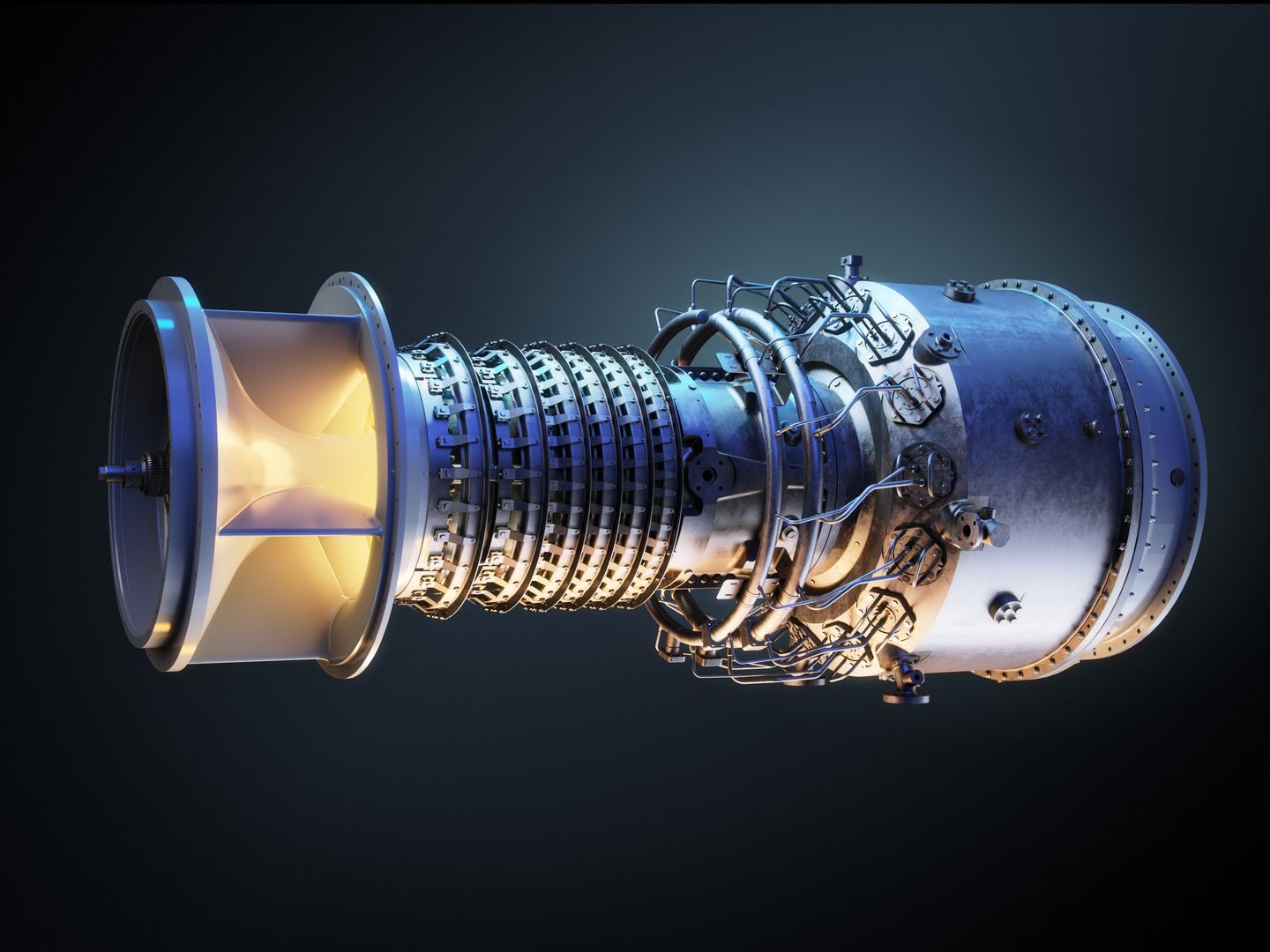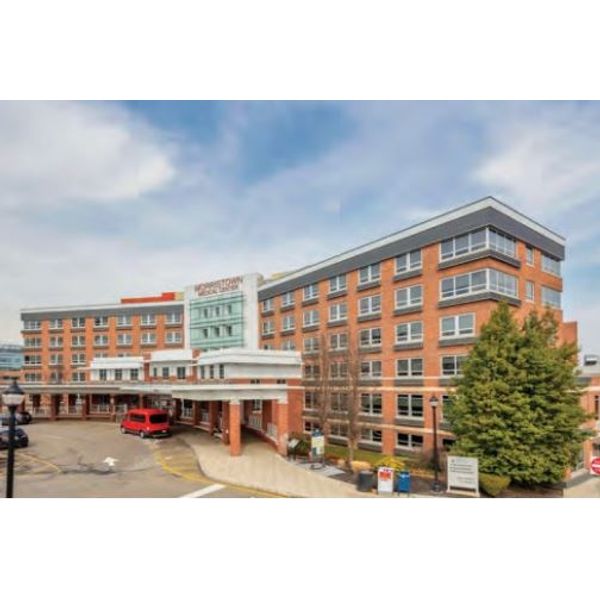

- Home
- Companies
- Solar Turbines Incorporated (STI)
- Articles
- Morristown Medical Center, 4,600 kW CHP ...
Morristown Medical Center, 4,600 kW CHP System - Case Study
Morristown Medical Center is located at 100 Madison Avenue, Morristown, NJ 07960. It is a 700+ bed regional trauma center and has been the top ranked hospital in New Jersey for the past four years. The initial goal of switching to CHP was to have reliable electricity for the hospital at all times. This developed into a state-of-the-art cogeneration plant and now provides the hospital with reliability that they have never had before.
Quick Facts
- LOCATION: Morristown, NJ
- MARKET SECTOR: Hospital
- FACILITY SIZE: 735 Beds
- EQUIPMENT: 4.6 MW Solar Mercury 50 Combustion Turbine and Cleaver Brooks Heat Recovery Steam Generator (HRSG)
- FUEL: Natural Gas
- THERMAL OUTPUT: Steam
- USE OF THERMAL ENERGY: DHW, Sterilization, Space Heating, Cooking
- CHP TOTAL EFFICIENCY: Est. 69% HHV
- ENVIRONMENTAL BENEFIT: CO2 Emissions Reductions of 4,222 tons/year
- INCENTIVE: $3 million
- CHP IN OPERATION SINCE: January 2022
Reasons for CHP
Over the last decade, Morristown Medical Center has experienced several extended power outages lasting eight (8) hours or more as well as many brief outages. These outages were caused by a combination of storms, downed tree limbs, and aging equipment and infrastructure. Power outages cause interruptions to hospital operations and suspended surgeries, reducing the facility`s ability to provide patient care. Ten years ago, its sister hospital, Overlook Medical Center, owned and operated a power, heating, cooling CHP system. This was a successful project and illustrated the resiliency benefits of CHP when the system powered the hospital during grid outages resulting from Hurricane Sandy. This greatly influenced the decision to install a CHP system at Morristown, however significant upgrades to the electrical infrastructure were needed first to support installation.
Prior to the CHP project, hospital loads were served from two utility feeds, a Madison Avenue and a Franklin Street feeder, both supplied from the Morristown 12.5 kV substation. This electrical infrastructure configuration resulted in numerous extended outages since both services were fed from a common substation. Additionally, the underground Madison Avenue feeder was unreliable due to aging and corroded cables. In the event of a feeder failure, the utility company could manually swap feeders, which typically took one to three hours.

